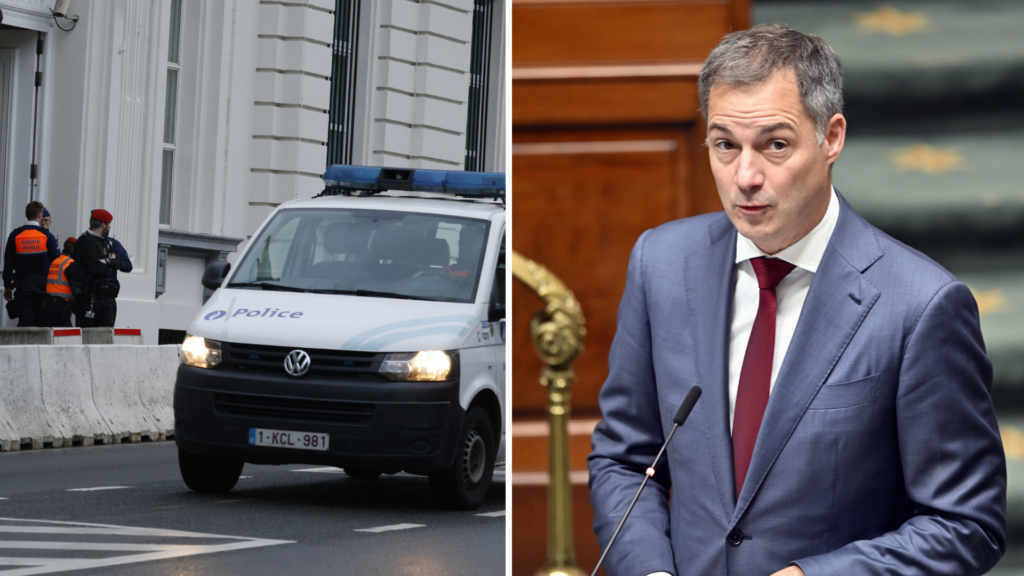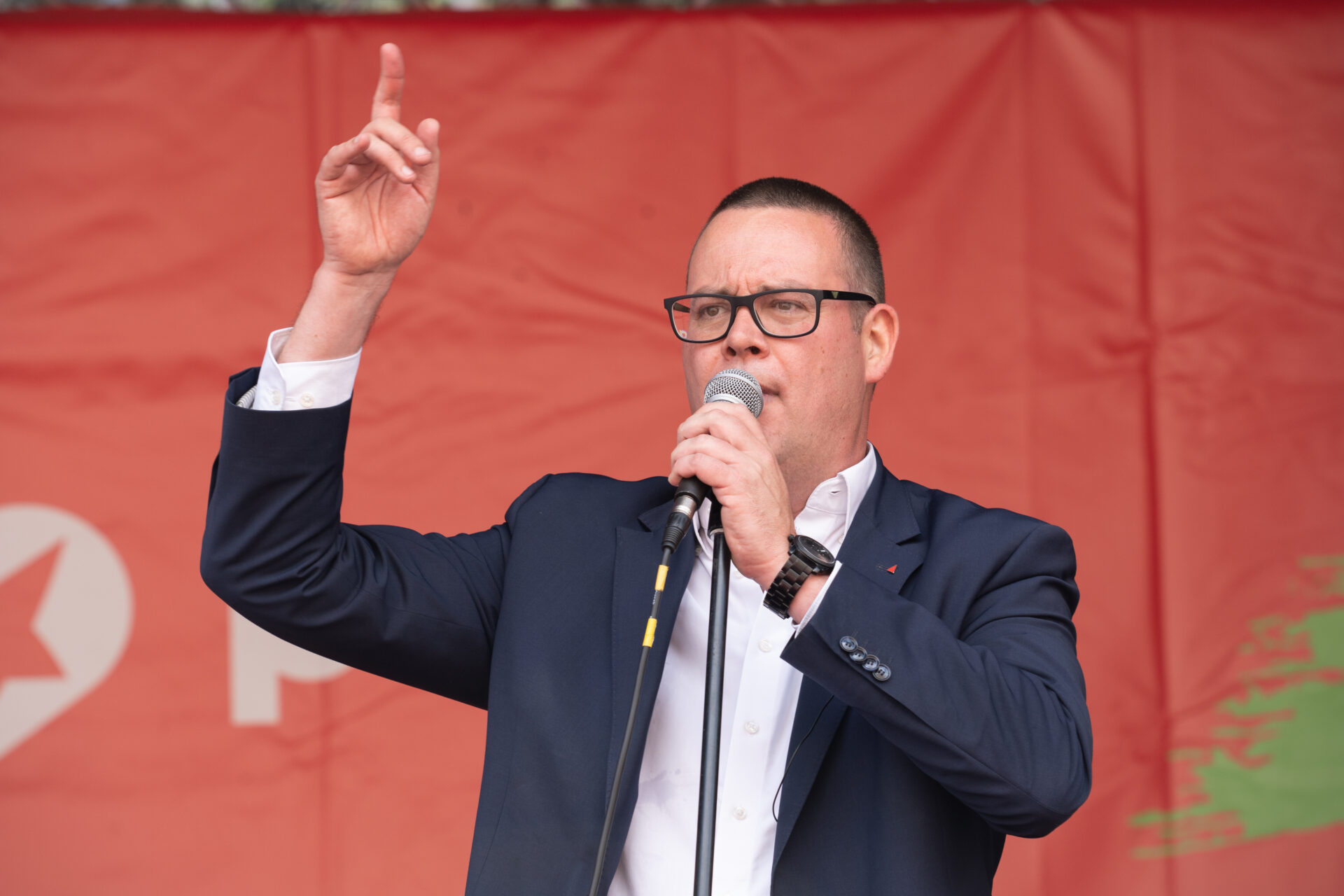Find out more about the threats of violence faced by Belgian politicians;
✔ Several politicians have suffered physical violence in recent years
✔ Psychological violence affects 30-40% of surveyed politicians' mental health
✔ 25% of politicians face daily online harassment, leading some to consider leaving politics
Attempted attack on PM: How common are such incidents in Belgium?

A man with a knife attempted to enter the Prime Minister's residency in Brussels on Monday morning. But how common are such attacks on politicians in Belgium, and how can they be prevented?
An armed man was arrested after attempting to break into the residency of outgoing Prime Minister Alexander De Croo at 16 Rue de la Loi in Brussels on Monday. No one was injured and the man's motives remain unclear.
The incident has spurred concerns for politicians' safety. However, the National Crisis Centre (NCCN), which decides whether politicians need extra protection, is holding off on increasing security.
"There are no concrete indications of increased threat yet, so for now, we are not taking any additional measures," an NCCN spokesperson told The Brussels Times following the incident.
'Very rare'
Physical attacks on key political figures abroad have made headlines in recent months, including the assassination attempt on incoming US President Donald Trump and the shooting of Slovakia's Prime Minister Robert Fico in May.
However, such incidents are exceptional in Belgium. "These physical forms of violence are very rare here," VUB PhD researcher Anne Van Bavel told The Brussels Times.
This was confirmed by a survey of all federal and regional politicians, carried out by Van Bavel. Just 1-2% of politicians said they had ever experienced such a threat. "This percentage is very low," she said.
Van Bavel did, however, point to other recent cases concerning less prominent politicians. In 2017, during the Labour Day celebrations in Liège, the figurehead of the Belgian Workers' Party (PVDA/PTB), Raoul Hedebouw, was stabbed in the leg before making a speech. He sustained minor injuries.

PVDA/PTB chair Raoul Hedebouw. Credit: Belga / Noe Zimmer
In addition, "[former Justice] Minister Vincent Van Quickenborne was not attacked, but the threat against him was so great and so real that he had to go into a safe house with his family," said Van Bavel.
Another example was Georges-Louis Bouchez (now MR leader) being hit in the face with a pie. "It's not as serious as being attacked with a knife, but it's still physical violence."
One widely reported murder of a key political figure was the assassination of the chair of the Belgian Communist Party, Julien Lahaut, in 1950. The incident shocked Belgium, but no one was convicted for the murder.
Psychological threat
Van Bavel also surveyed politicians on other forms of violence, including psychological. "This type of intimidation is becoming more common."
About 15% of surveyed politicians face psychological violence in the form of threats, intimidation, threatening packages or phone calls every month. "Overall, around 30-40% of politicians reported this type of violence having an impact on their mental health."
A quarter of politicians experience online harassment daily. "Because the biggest impact is felt on social media, many politicians have stopped posting on social media or said they want to delete their social media accounts."
Around 30% of politicians said they would still consider staying in politics but opting for a less visible position due to threats. "About 40% have considered leaving politics." Among politicians with a migration background (against whom violence is often racially charged), the percentage is much higher.
Increased security?
Most ministers in Belgium do not have a bodyguard with them at all times. However, some politicians are under police protection with armed officers.
"But in my survey, heavier security for politicians was the least supported measure," said Van Bavel. "They believe this is more of a symptom relief that doesn't solve the problem. However, in this latest incident, the fact that there was security did prevent anyone from being harmed."
